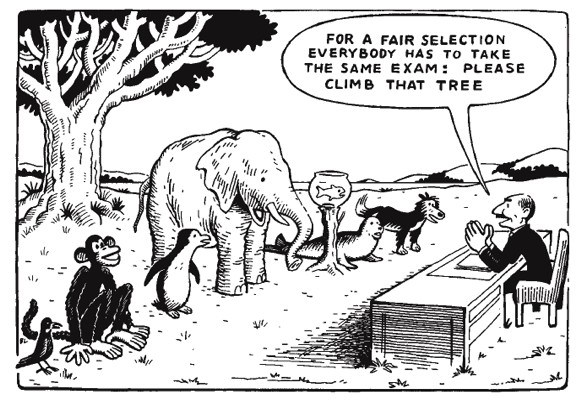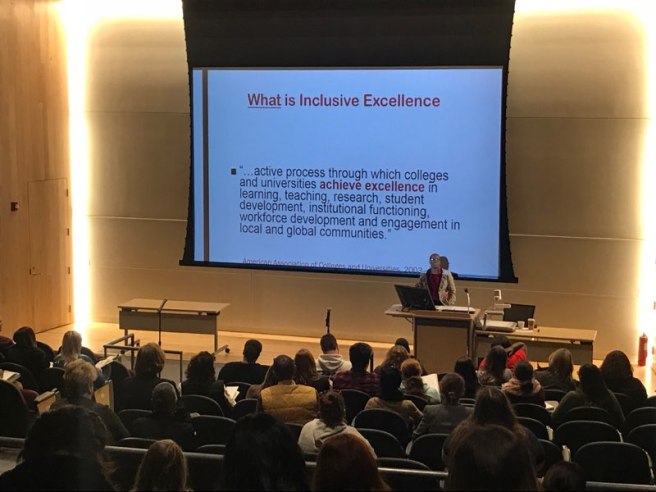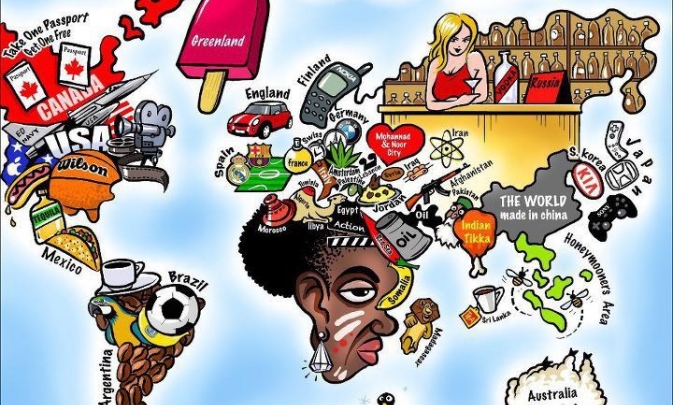
The article “Education is Politics” by Shor was very interesting and I loved reading it. I have always thought that this was the best way to teach. Open-ended questions and allowing the children to think on their own provides a deeper level of understanding and the children get more out of it because they believe they are actually learning rather than being told information. I know many teachers believe that providing information for students is the best way for them to learn, but that’s all they are really doing. Putting out information and hoping that it sticks. There were a few quotes that really stood out to me and I believe that all teachers should be aware of these things.
The first quote that stood out to me was “children naturally join the world around them” pg. 5. This is something that I have been constantly taught from my education program at high school. Children learn through play. It is very important for children to be exposed to different situations because it can simulate a real-life connection. This will open up the students mind to new experiences and allow them to grow. Teachers need to be aware that they are the ones providing this environment, so they need to encourage the students to work in it.
The second quote that I thought was important is “many withdraw from intellectual work because they are told so much and asked to think and do so little” pg. 6. I have actually never thought it this way. Of course we are forced to believe that people drop out simply because they do not want to put in the effort of learning, but some people may drop out because they do not feel like they are being challenged enough. This is very interesting because all students should be challenged and should question the material they are learning. If they are just handed information and are told to absorb it, then they are not actually learning. Students need to think about the information, relate it to the real world so they know it actually has relevance, and question whether that information is actually crucial to their life.

Another topic I just want to touch upon really quickly is standardized testing. I think that is an awful way to learn because rather than making sure children benefit from the things they are learning, the teachers are mainly preparing them for the testing they have to take. And obviously that is not the choice they would be making but are forced to. The picture I added above was a picture I also included in my social justice event blog because it is one of the posters they had up on the wall and it was the picture that really stuck with me. I think it has such a powerful message behind it.
The last quote that stood out to me was “problem-posing increases their ability to participate, because they can begin critical reflection in their own context and their own words” pg. 18. I think this quote is a good summary of the message behind this article. Once students are faced with problems, they have to use what they know to and find a solution. However, everyone has a different level of understanding of different topics so obviously people will have different solutions to these issues. I believe that all teachers should allow students to think about topics on their own and encourages them to share their thoughts so others can talk about why thy agree or disagree. It builds a community in the classroom and gets students excited about learning.
I can relate this article to “Literacy with an Attitude” by Patrick J. Finn. While he does mention all the levels of schools he discusses how children/students should also be able to make a connection to what they are learning because if they are not then they have no interests in the material and will not learn the things they need to.
Below is a video about the importance of student-centered learning:














